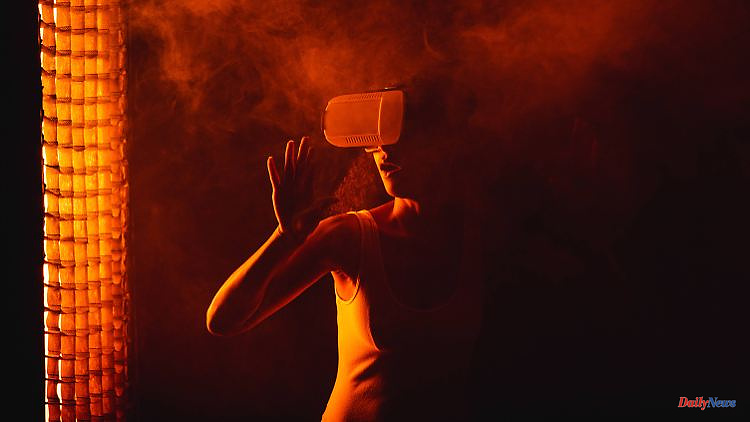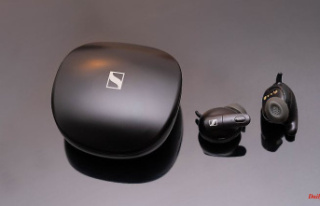Apple is said to be putting its plans for pure AR glasses on hold because the technical hurdles are too high. Instead, the group should now focus on more ordinary headsets, the first of which will probably be presented soon.
Apple also boils with water and has to accept realities that cannot be changed. After the premiere of the first mixed reality glasses apparently had to be postponed due to various problems with software and components, the group has allegedly completely canceled its plans for a subsequent augmented reality headset until further notice. "Bloomberg" reports that the technical challenges for AR glasses that are suitable for everyday use are currently simply too high.
With augmented reality (AR/augmented reality), the visible environment is supplemented by virtual objects that are projected in front of the eyes; With virtual reality (VR/virtual reality) you see content isolated from the environment on displays that are integrated into the glasses. Mixed Reality is, above all, VR. In principle, AR is only simulated by headset cameras providing images of the environment.
According to Gurman, Apple's goal is or was to replace the iPhone with lightweight AR glasses in the long term. Such a device could allow users to see incoming notifications, navigate, make and receive calls, or take photos. However, there is currently neither the software nor the necessary chips or batteries to produce light and durable AR glasses, according to Gurman.
Apple's upcoming first high-end headset will only last around two hours, while a smartphone with a battery charge usually lasts all day. According to his informants, the device should also not have a built-in battery, users would instead have to carry an external battery connected by cable in their pocket.
The company's 1,000-person headset development department will now focus on the first two mixed reality glasses, Gurman writes. The "Reality Pro" expected for this spring will cost around $3,000. The high price is due to the use of expensive high-end hardware. This included advanced, high-resolution displays, more than ten built-in cameras and sensors that recognize where users are looking. An Apple M2 processor in Mac quality and a dedicated chip for processing AR and VR images should provide the necessary computing power.
After the preliminary out of the AR glasses, Apple is now increasingly working on a cheaper successor model called "Reality One", Gurman's informants reported. In order to bring the price close to $1,500, iPhone-level chips should be used instead of Mac components, among other things. This would make Apple's mixed reality glasses competitive with the Meta Quest Pro or the HTC Vive XR Elite.












